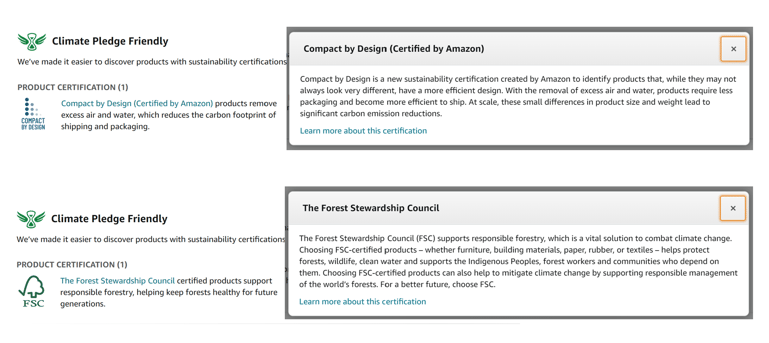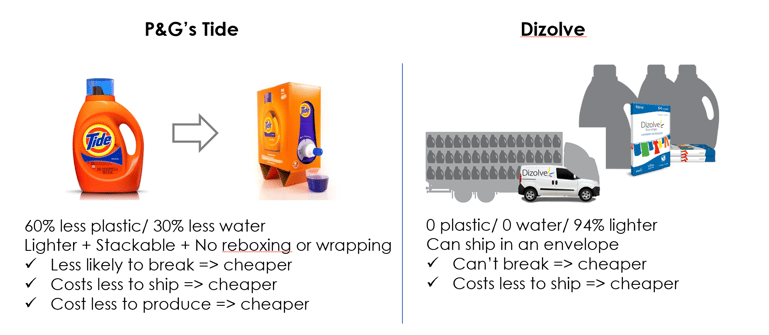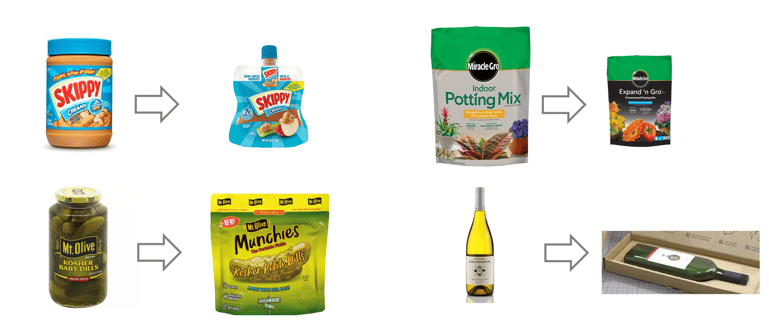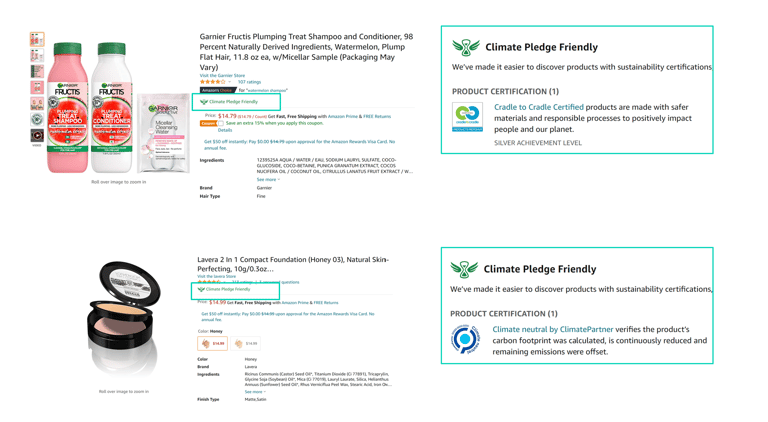

In advance of Earth Day 2021, Amazon and Global Optimism announced yesterday that more than 100 companies have now committed to The Climate Pledge. To recognize, reward and encourage brands to make their products, packaging and processes more eco-friendly, Amazon introduced the Climate Pledge Friendly badge (similar to the more familiar Amazon Choice and Best Seller badges brands earn on Amazon). To date, more than 75,000 products on Amazon carry the Climate Pledge Friendly seal.
Now the retailer is expanding the program to include additional third-party certification programs, including: CarbonNeutral product by Natural Capital Partners, Carbon Neutral Certification by SCS Global Services, Climate Neutral by Climate Partner, and Carbon Neutral by Carbon Trust. What this means is more opportunities for brands to earn Amazon’s Climate Pledge Friendly badge.

So what? Why should brands care?
- Environmental, social and corporate governance (ESG) factors — which measure the sustainability and societal impact of a company — are important. Consumers value brands that are ESG-friendly and increasingly they will vote with their dollars. In fact, a 2020 study by the National Retail Federation (NRF) and IBM found that eight out of 10 consumers say sustainability is important to them. And 70% of those who said it’s very/extremely important are willing to pay a price premium of 35% for brands that are sustainable and environmentally responsible.
- Consumers are actually searching for environmentally conscious products more this year compared with a year ago, according to Profitero’s research.
| Keyword search term | YoY increase |
| “Sustainable products” | +1,424% |
| “Eco friendly packaging” | +592% |
| “Sustainable gifts” | +191% |
| “Eco friendly laundry detergent” | +133% |
| “Eco friendly products” | +81% |
Source: Amazon; Profitero; Time frame: week of Apr 10, 2021 vs. week of Apr 11, 2020
- When brands make products that are ESG-friendly — think less packaging, less water, etc. meaning fewer big, bulky or heavy items — it actually helps your eCommerce profitability. Improved margins can result from lower shipping costs (i.e., due to a much more favorable price:weight ratio) and minimizing breakage, which means fewer product returns and happier customers. Improving margins is always obviously a good thing, but on a retailer site like Amazon it’s critical because low profit items are frequently delisted, which is a death blow to revenue. Additionally, making your products and packaging more eco-friendly may lead to a bump up in ratings & reviews, always a good thing for brands selling on Amazon and other retail websites.
Best practice examples of ESG-friendly brands & products
There are an increasing number of examples of both big and small companies innovating to address ESG concerns. A few are highlighted below:
Detergent brands — Compact by Design
Other CPG brands, beyond detergent — Compact by Design

Health & Beauty brands
How eCommerce teams can make ESG work for them
- Socialize the triple benefit of making products that are ESG-friendly — good for the environment, good for consumers, good for your eComm profitability — to your senior leadership, specifically emphasizing this with your Supply Chain and Logistics teams.
- It’s also important that you educate the teams working on product innovation so they factor ESG principles into product and package design from the get go.
- Mine sales data and best seller reviews for product and packaging insights, and share learnings with your New Product Development, Supply Chain and Revenue Management teams. For example:
- Explain opportunities to improve unit economics through packaging and product decisions optimized for a digital-first consumer and supply chain.
- Understand the product benefits/features and packaging configurations that drive disproportionate sales and are mentioned most frequently in reviews.
- If you have products that are already ESG-friendly, make sure your digital shelf reflects that:
- Reference ESG characteristics and benefits in the text (titles, descriptions, bullets and A+/enhanced content) on your product detail pages
- Make sure your imagery — photos and videos — showcase your products’ ESG-friendly elements, especially important with new product introductions that may look or feel different from original items customers are used to
- Optimize and track for relevant keywords, like: “eco-friendly,” “environmentally friendly,” “sustainable,” “recyclable,” “biodegradable,” etc.
- Measure the impact of your efforts, using metrics like search rank, market share and sales growth, to document the business benefit over time. This kind of supporting evidence can convince people in your organization that going green can lead to more green.
- Profitero works with companies to help them identify areas of profitability and competitive differentiation. Contact us to learn more.


























